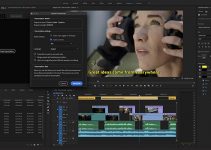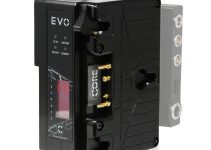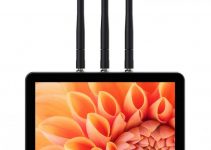Highly anticipated since its official unveiling earlier this year, the EOS R3 is the new flagship mirrorless for Canon. That’s a big deal. It also means that there is a lot of pressure on the R3 to deliver an incredible array of features and flawless functionality to appeal to the professionals looking to pick one up.
For stills it kills it, but after some issues with the R5’s video spec it is important to take a close look at the R3. If you are interested in learning about the specs and performance of the R3 for video, the guys at ProAV TV went to figure that out.
Note, ProAV TV were working with a preproduction model and weren’t able to show off any of their own footage or do a detailed analysis of image quality.
The basics for the R3 are that it uses a full-frame 24MP stacked CMOS sensor. This is a first for Canon cameras and the practical advantage is that data can be offloaded incredibly quickly. It unlocks a lot of features and makes some other features that much faster and better.
Recording options include raw in 6K. Both full raw and the compressed Canon RAW Light versions are available. If you head to the standard MP4 codec, you will be limited to 4K, but it will downsample from the full image area. There is also Full HD. Shooters can select from All-I and IPB compression as well. For 10-bit, you will need to turn on Canon Log, which will also go to H.265. And, you will need CFexpress Type B cards for the maximum quality.
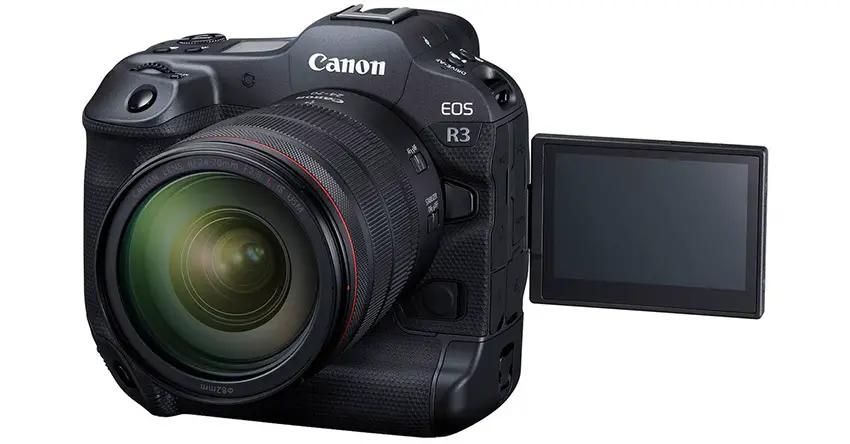
Image Credit: Canon
Currently there is no raw over HDMI, which was just unlocked for the R5. A huge plus for the R3 is that the 30-minute recording limit is gone and overheating is very much addressed. Canon says you can get around 6 hours of recording. Huge improvements if you aim to use the R3 for serious video.
In some super basic tests just running the R3 on the desk it recorded for over two hours before they simply ran out of time to continue the test. That’s amazing. They also never saw the warning light in all their usage which was around 6 hours of total time. It seems the new body design and lower resolution is a benefit.
Two new features for the R3 are Eye Control AF, which selects AF points based on where you are looking, and the new Multi-Function Shoe.
Eye Control AF is old tech, but this is the first time it has been put in a modern digital camera. It also seems so much better than Canon’s original forays into eye monitoring tech. However, it does turn off in video mode. Stills shows off this tech very well and it is amazing.
The new Multi-Function Shoe allows for data and power transmission via the hot shoe. This means new accessories designed for the shoe can work without separate batteries or cables. Early examples for this are the DM-E1D Stereo Microphone and the AD-P1 Smartphone Adapter. Fewer cables and batteries are great.
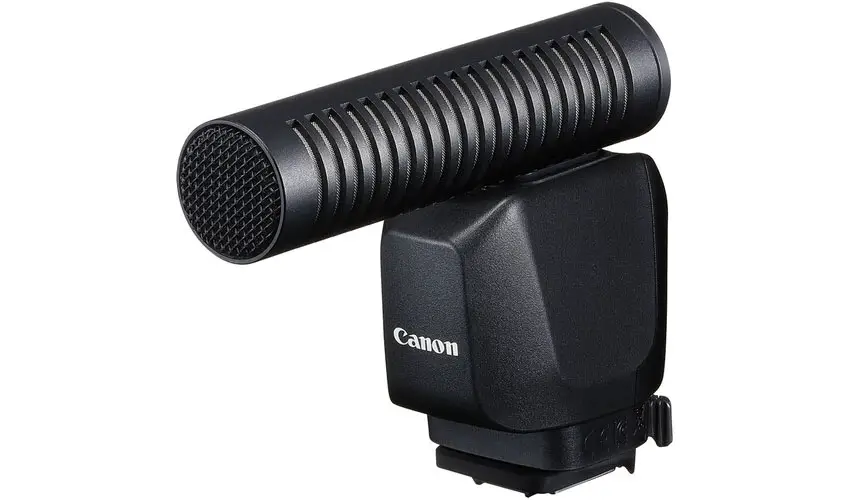
Image Credit: Canon
An upcoming third-party release will likely appeal to videographers and that is the Tascam CA-XLR2d, a shoe-mounted XLR audio interface. Sony and Panasonic have their own versions, so it is nice to see one for Canon now.
Another comparison is to the 1DX Mark III, which many video shooters loved. The R3 shaves off a lot of weight, adds a better vari-angle display, and has a killer EVF and AF system for video. It’s a great change and a good sign of what is to come.
So is it worth it? Seems like it is a good mirrorless for hybrid users who need top-of-the-line speed and performance for stills as well as video. It’s a bit pricey for videographers specifically since there are good cinema cameras already at that price point, but the R3 is good at video.
[source: ProAV TV]
Order Links:
- Canon EOS R3 Mirrorless Camera (B&H, Amazon)
- Canon EM-E1D Stereo Microphone (B&H)
- Canon AD-P1 Smartphone Adapter (B&H)
Disclaimer: As an Amazon Associate partner and participant in B&H and Adorama Affiliate programmes, we earn a small comission from each purchase made through the affiliate links listed above at no additional cost to you.


